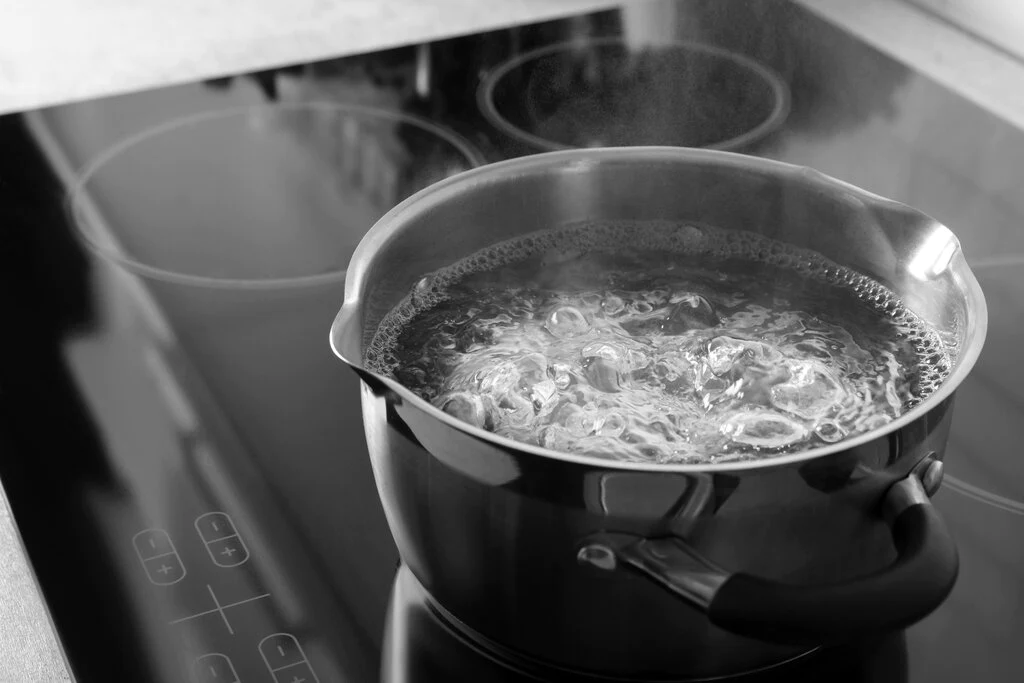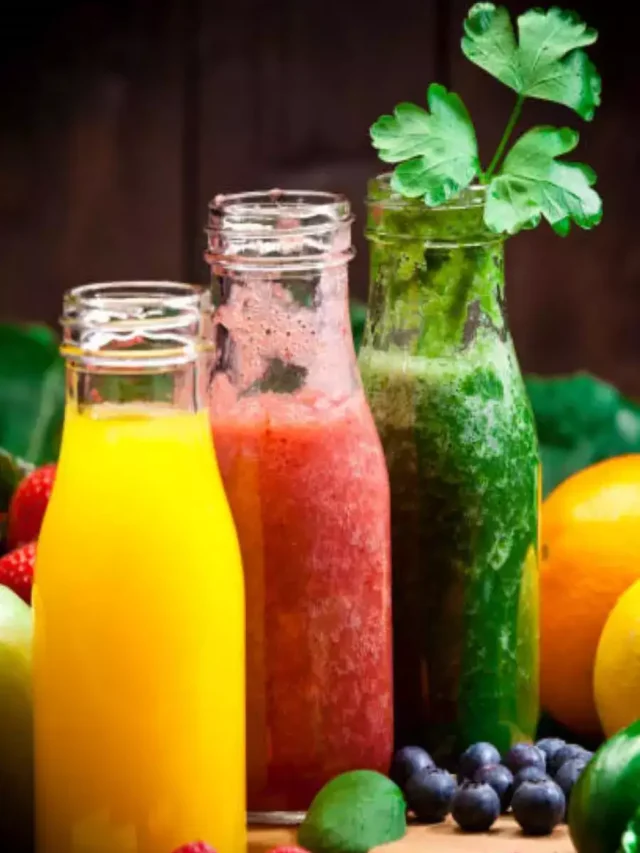
A groundbreaking study has revealed a straightforward method to significantly decrease microplastics in drinking water: simply boil it. Conducted by Dr. Eddy Zeng and his team at Jinan University in China, the research demonstrates that boiling tap water for five minutes can eliminate up to 80% of microplastics, tiny plastic particles that pose potential health risks.
Microplastics, which vary in size from one-thousandth of a millimeter to five millimeters, have become a growing concern due to their ubiquitous presence in the environment and potential implications for human health. The study meticulously analyzed the concentration of microplastics in tap water, finding an average presence of 1 milligram per liter. After boiling the water samples for five minutes, the researchers observed a significant reduction in microplastic content, with more than an 80% decrease.
This discovery offers a practical and accessible solution for individuals looking to reduce their exposure to microplastics. “Our findings suggest that the daily intake of nanoplastics through boiled water consumption could be two to five times lower than that through unboiled tap water,” Dr. Zeng explained. He further emphasized the potential of boiling water as a simple yet effective method to “decontaminate” tap water from nanoplastics (NMPs), thereby reducing human exposure to these particles through water consumption.
The study also explored the effects of boiling on specific types of plastics commonly found in water, such as polystyrene, polyethylene, and polypropylene. These materials do not completely degrade but instead break down into nanoplastics, which are small enough to interfere with human cellular mechanisms and penetrate protective barriers like the intestinal lining and the blood-brain barrier.
Interestingly, the effectiveness of boiling in reducing microplastics is particularly notable in hard water, which contains minerals that help trap microplastics during the boiling process. While this research marks a significant step forward in understanding how to mitigate microplastic exposure, further studies are necessary to fully comprehend the health implications of microplastics and to explore additional purification methods.
This study not only sheds light on the prevalence of microplastics in our drinking water but also provides a simple, actionable measure that individuals can take to protect their health from potential microplastic exposure.




































Leave a Reply